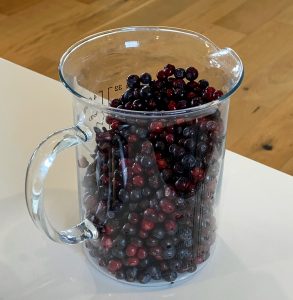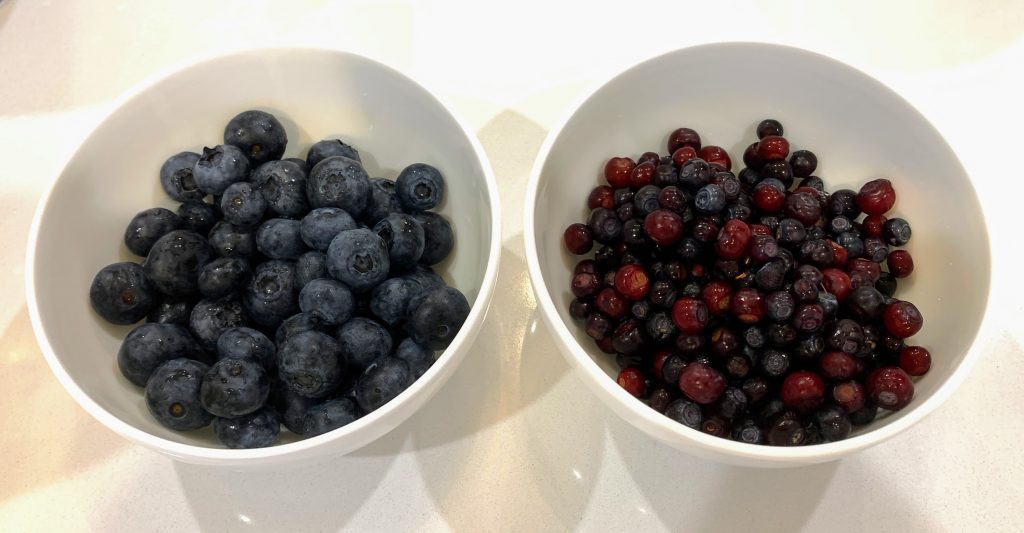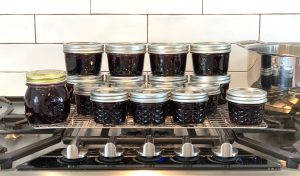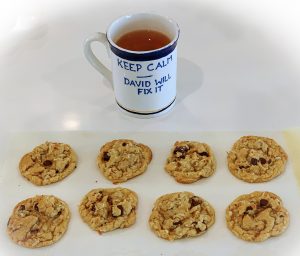I don’t like raw chicken. I associate its smell with salmonella, and when I see it I want to don a hazmat suit and break out a bottle of clorox. I long ago gave up cooking chicken myself: I err on the side of overcooking, and overcooked chicken is tough and dry. But I do like properly cooked chicken. It so happens that my mother is a phenomenal and experienced cook. So I asked her how she makes chicken so delicious every time. Here is her answer:
First, equipment: An accurate instant-read thermometer is essential. Expect to pay at least $40 for one by such companies as ThermoWorks or ThermoPro.
Now, for boneless, skinless chicken breasts:
- Pound. Place the thawed breasts in a zip lock bag and pound the thickest portion (using a heavy bottle, rolling pin, or the bottom of a glass) so the breast has a more uniform thickness throughout. You want it to be about ¾” thick. This helps it cook more evenly.
- Cut. Cut each breast into about a 6-8 oz portion.
- Brine. Place the breasts back Into the same zip lock bag. Add about 2 cups cold water and 2 Tablespoons salt. You want the water to cover the chicken. If you need another cup of water and tablespoon of salt, add it. Close the bag, pressing out some of the air. Massage slightly to try to dissolve some of the salt. Place in a container like a pie plate or shallow bowl in case the bag leaks. Refrigerate for 30 minutes. (Note: If you want to prepare the chicken ahead of time, you can let it soak in a weaker brine for hours. About 1 teaspoon salt to 2 cups cold water.)
- Cook. The most important thing is to cook it until it is 155-160 degrees F. To check the temperature, insert the probe into the thickest part of the breast.
- Rest. After it reaches 155-160 remove it from the heat to a plate, tent it with foil, and let it rest for 5-10 minutes before you cut into it. Covering it lightly with foil and letting it rest off heat brings it up to 165 degrees, the safe temp for chicken. Letting it rest allows the juices to recede away from the surface and back into the muscle tissue.
Reheating Chicken
Even if chicken was great when first cooked, microwaving it inevitably ruins it for me. Apparently this is a problem called “warmed over flavor” that is so well known that foodies refer to it as WOF. Minimizing the meat’s exposure to oxygen can prevent this. Also reheating sous vide, or even in a conventional oven, seems to reduce WOF compared to microwaving. But supposedly nothing short of prompt vacuum sealing can totally eliminate WOF for those who are sensitive to it.




